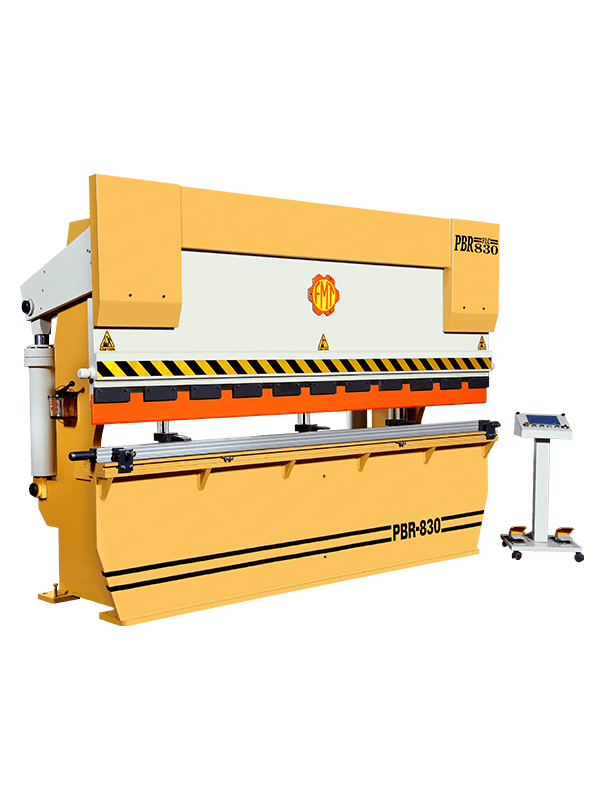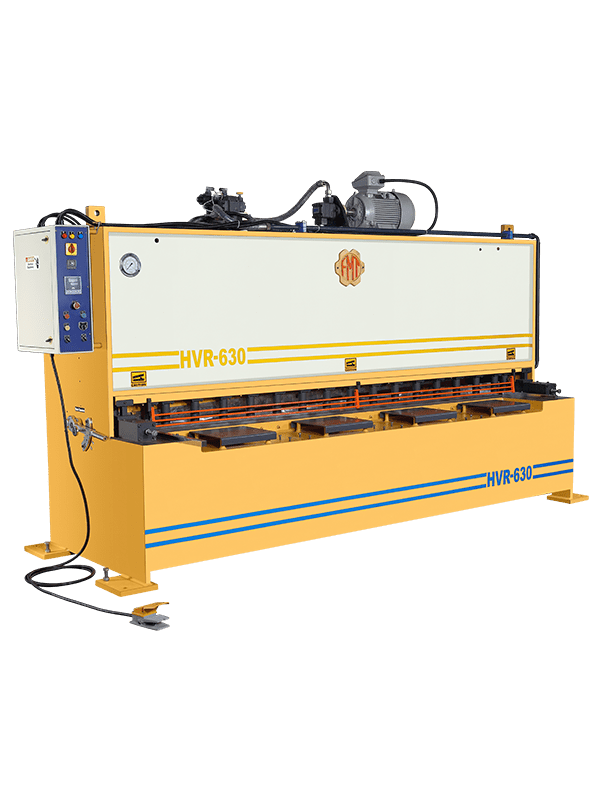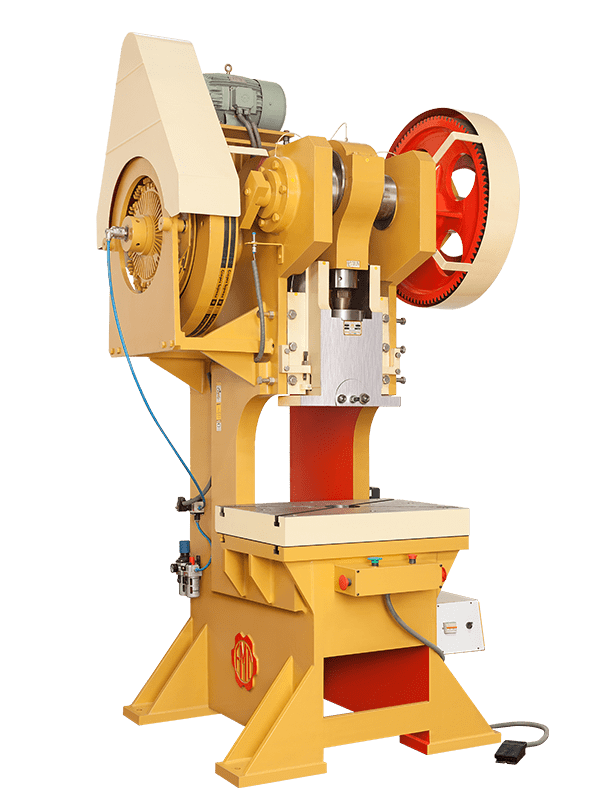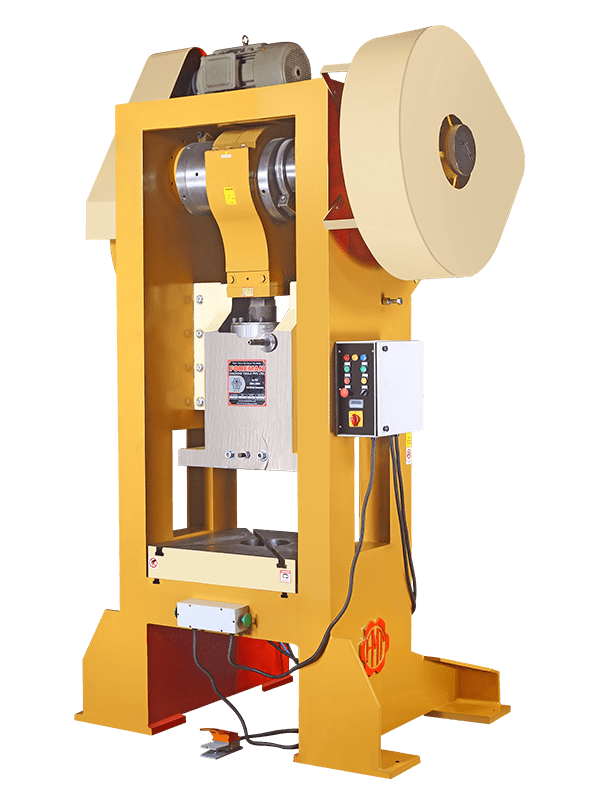
The Most Important Things You Should Know About Press Brakes
December 2, 2021
Hydraulic Shearing Machine: A FIXED AND VARIABLE RAKE POINT DIFFERENCE
December 13, 2021In the mechanical and engineering world, there are a wide range of ways of making motion and doing work. There are mainly Two of the most well known and basic fundamental strategies which are water hydraulics and pneumatics. Both depend on the same principles of physics, however, they accomplish it in various ways. Foreman will oversee the two cycles and find out the major differences between them and a few of the practical utilization.
Hydraulic Systems
From the beginning, there is no association between a water pistol and an immense crane. But beneath the surface, there is. When you check out the science behind the two of them, the two of them manage a hydraulic system. They utilize the power of moving fluids comparably. Explore the pneumatic machine
The water pistol is the most fundamental example of hydraulics. When you drag the trigger, a lot of force moves the water a brief distance. Since the water within the gun has nowhere else to go, it is forced through the body into the thin nozzle and exits the gun with more speed and power. For huge scope applications, for example, vehicle brakes, dump trucks, tractors, and vehicle jacks, hydraulic power works in the same role. Take huge excavators and backhoes, for instance. Hydraulic systems work together to drive the capable arms and sharp blades. When the administrator handles the control, hydraulic pressure driven fluid flows through hoses. Into the chamber and pushes the ram, causing the arm to move. The liquid leaves the chamber so the ram can move in the other way and move the arm.
Pneumatic Systems
Pneumatics is a part of mechanics that manages the mechanical properties of gases. We should begin with an example—think about blowing up a balloon as a child and releasing it. You would giggle as it flew over the restroom making comical commotions. That is a fundamental example of pneumatics. The air caught and packed within the balloon became kinetic energy once you produced the air.
Read more: The Most Important Things You Should Know About Press Brakes
The air controlled the balloon’s movement. Yet, for more practical utilization of pneumatics, we can look toward auto carports. The tools mechanics use to eliminate tires and fix engines by using pneumatics. They utilize compressed air to move an actuator within the tool instrument, which thus takes care of business. In certain applications, it becomes critical to control the progression of the air.
The main perspective is controlling the progression of the air. For instance, in clinical equipment that uses pneumatics, you need to guarantee wind flow is reliable when entering and leaving the apparatus. Pneumatic proportional valves help with this. They manage the progression of the air coming in and change it to ensure it leaves the valve at the ideal rate.
Main Differences
The greatest distinction between the two systems is what material you utilize to work them. Pneumatics utilizes gases, hydraulics pressure utilizes fluids. Both have numerous functional applications, and it is up to the designing group and architects to make the machines regarding which system will be ideal.




